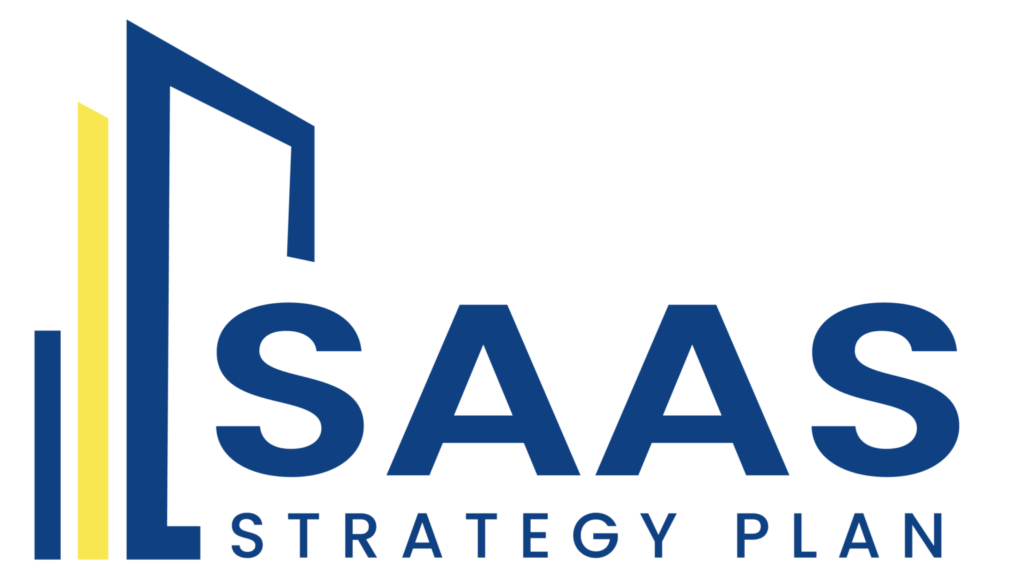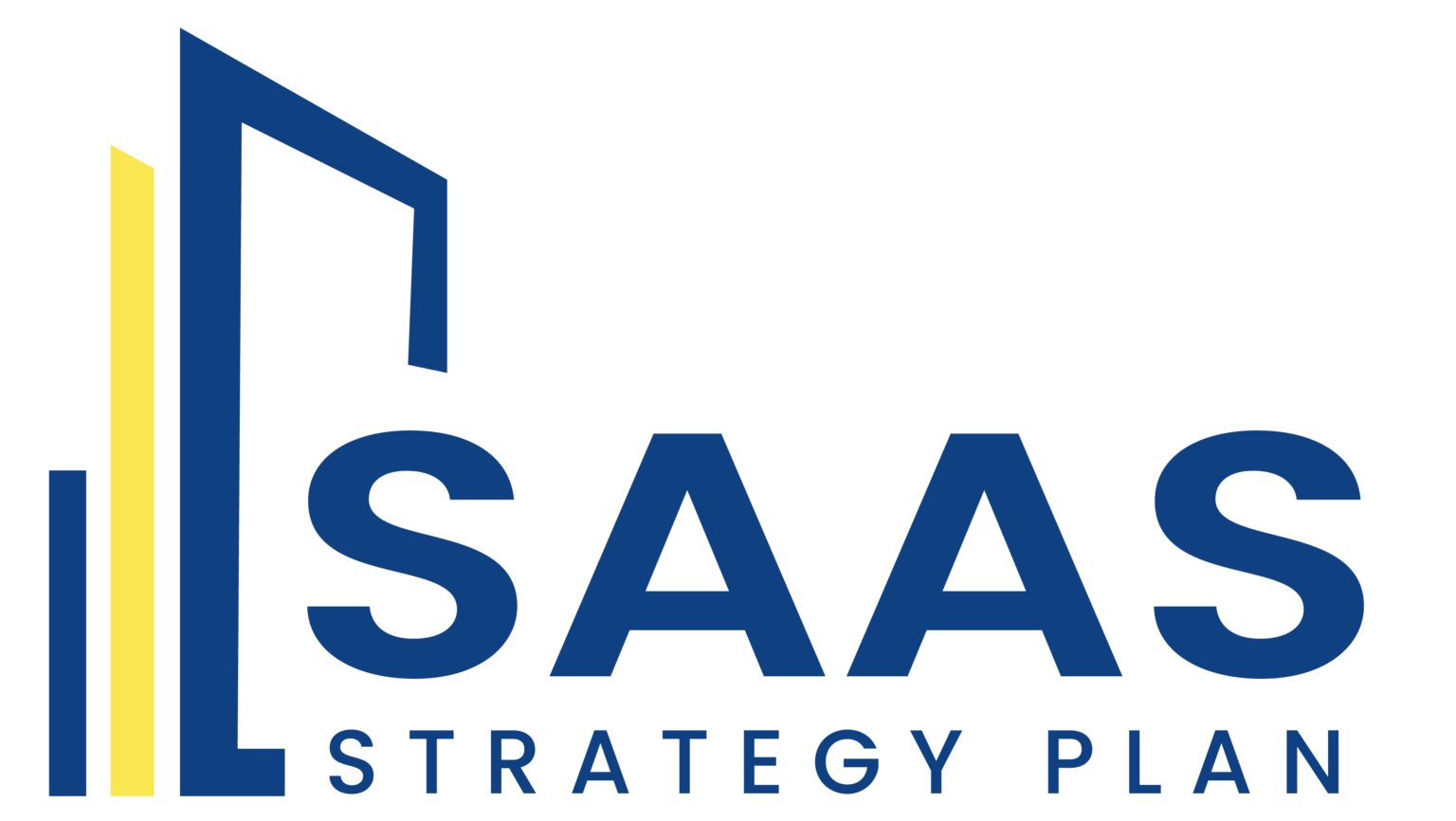Scaling a SaaS business is an exciting milestone, but it comes with unique challenges. From acquiring new customers to retaining existing ones, SaaS founders need a well-rounded growth strategy to stay ahead in an increasingly competitive market. In 2025, with SaaS adoption continuing to rise globally, founders have unprecedented opportunities to achieve growth—if they implement the right strategies.
This in-depth guide outlines five proven strategies to scale your SaaS business effectively and sustainably.
-
Achieve Product-Market Fit and Refine It Continuously
Product-market fit is the foundation of any successful SaaS business. Without it, scaling becomes a gamble. Achieving and maintaining product-market fit requires consistent focus and adaptation as market needs evolve.
How to Know If You’ve Achieved Product-Market Fit:
- Customer Retention Metrics: Low churn rates and high retention rates signal that your product is delivering value.
- Customer Feedback: When users consistently praise your product and refer others, it’s a strong indicator.
- Usage Metrics: A high percentage of active users engaging with core features shows alignment with their needs.
Steps to Maintain Product-Market Fit:
- Regularly collect and act on user feedback using tools like Hotjar or Intercom.
- Conduct quarterly customer interviews to understand evolving pain points.
- Use data analytics to identify gaps in feature adoption and improve those areas.
Continuously refining your product to align with market needs ensures that scaling efforts yield long-term results.
-
Develop a Customer-Centric Pricing Strategy
Your pricing model plays a pivotal role in driving revenue growth. In 2025, SaaS founders should prioritize value-based pricing strategies that align with the impact their product delivers.
Key Components of a Strong Pricing Strategy:
- Tiered Pricing Plans: Offer flexible options that cater to different customer segments, such as startups, SMBs, and enterprises.
- Add-On Pricing: Provide additional features, integrations, or services as paid add-ons to increase Average Revenue Per User (ARPU).
- Freemium Models: Use freemium plans to attract a larger user base and upsell premium features to engaged users.
Steps to Optimize Your Pricing Strategy:
- Conduct customer surveys to understand how users perceive the value of your product.
- Experiment with pricing through A/B testing to identify the sweet spot for conversions.
- Regularly benchmark against competitors to ensure your pricing remains competitive.
An effective pricing strategy not only drives revenue but also ensures you’re maximizing the lifetime value of your customers.
-
Build Scalable and Data-Driven Marketing Campaigns
Marketing is the engine that drives your SaaS growth. In 2025, marketing efforts need to be scalable, data-driven, and customer-focused to deliver the best results.
Key Strategies for Scalable Marketing:
- Invest in SEO and Content Marketing: Create high-quality, evergreen content such as blogs, whitepapers, and case studies that address your audience’s pain points. Optimize your website for relevant keywords to attract organic traffic.
- Leverage Paid Advertising: Platforms like Google Ads, LinkedIn, and Facebook allow for highly targeted campaigns. Focus on remarketing to reach users who’ve interacted with your website or product.
- Use Account-Based Marketing (ABM): For enterprise-level SaaS, ABM is essential. Personalize campaigns for high-value accounts to improve conversion rates.
- Automate Lead Nurturing: Tools like HubSpot, Marketo, or Pardot can streamline your lead nurturing process. Create email sequences that guide prospects through the sales funnel.
Measure and Optimize Performance:
- Track key performance indicators (KPIs) like Customer Acquisition Cost (CAC), Customer Lifetime Value (CLV), and Marketing Qualified Leads (MQLs).
- Use analytics tools like Google Analytics, Mixpanel, or Tableau to assess the effectiveness of campaigns.
Data-driven marketing ensures that every dollar spent contributes to measurable growth.
-
Deliver Exceptional Onboarding and Customer Success
A great product alone won’t guarantee success. To scale your SaaS business, you need to focus on creating an exceptional customer experience, starting with onboarding.
Why Onboarding Matters:
- Customers who experience value quickly are more likely to become long-term users.
- Poor onboarding can lead to higher churn rates, especially for complex SaaS products.
Steps to Create an Outstanding Onboarding Experience:
- Simplify the First Interaction: Provide guided tours, tutorials, and step-by-step instructions to make the product easy to use from day one.
- Automate Engagement: Use automated emails and in-app notifications to guide new users.
- Track Onboarding Metrics: Measure Time to Value (TTV), activation rates, and Day 1 Retention to identify areas for improvement.
Invest in Customer Success:
Beyond onboarding, customer success teams play a crucial role in reducing churn and increasing upsell opportunities.
- Use customer health scores to proactively address issues before they escalate.
- Schedule regular check-ins with customers to ensure they’re achieving their desired outcomes.
- Offer ongoing training through webinars, tutorials, and Q&A sessions.
Exceptional customer success creates loyal advocates who drive referrals and increase your brand reputation.
-
Diversify and Expand Your Revenue Streams
Relying on a single revenue stream can limit your growth potential. In 2025, SaaS businesses should explore diversification strategies to unlock new revenue opportunities.
Ideas to Diversify Revenue:
- Upsell and Cross-Sell: Offer additional features, integrations, or premium tiers to existing customers.
- Introduce Professional Services: Provide consulting, training, or implementation services that complement your product.
- Explore Partnerships: Collaborate with complementary SaaS providers to create bundled offerings.
Expand Into New Markets:
- Test new industries or verticals where your product can add value.
- Localize your product and marketing for international markets.
Diversification not only drives additional revenue but also makes your business more resilient to market fluctuations.
Conclusion
Scaling a SaaS business in 2025 requires more than just growth tactics—it demands strategic planning, customer focus, and constant optimization. By achieving product-market fit, implementing a value-based pricing strategy, leveraging data-driven marketing, delivering exceptional customer success, and diversifying revenue streams, SaaS founders can build businesses that thrive in a competitive landscape.
At SaaSStrategyPlan, we specialize in helping SaaS founders unlock their full potential. Whether you’re just starting your scaling journey or looking to optimize your growth strategy, we’re here to help. Contact us today to learn how we can help you scale smarter, not harder.


